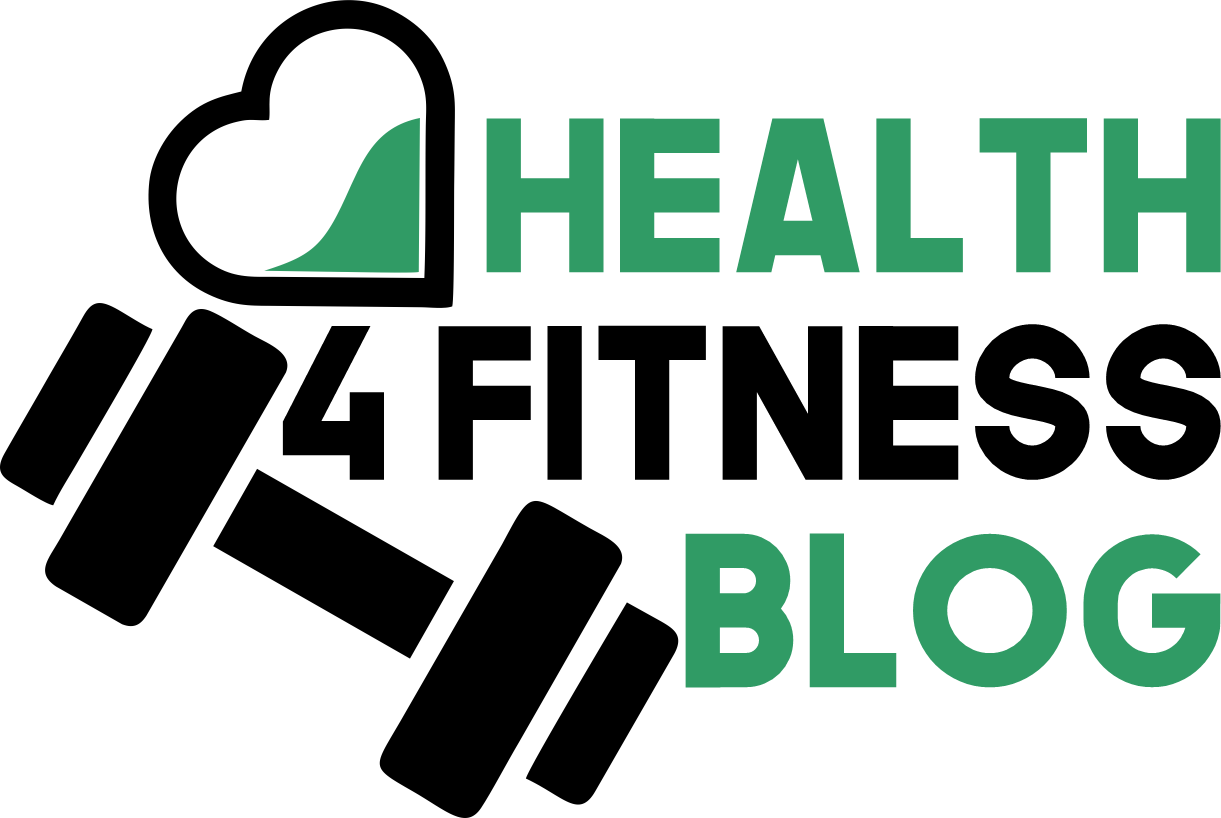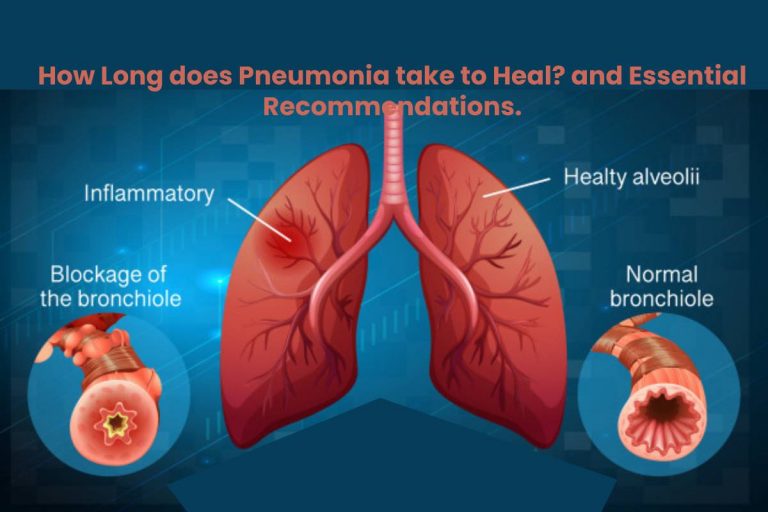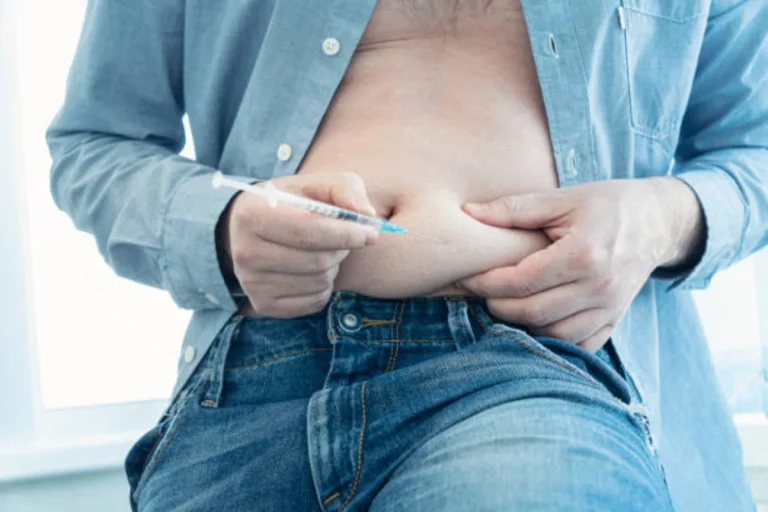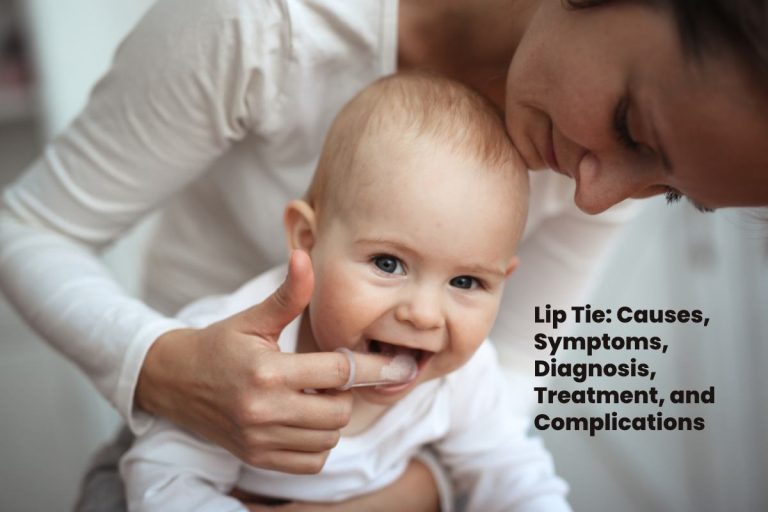Lip tie is a common condition that occurs when the tissue that connects the upper lip to the gums is too tight or thick, restricting the movement of the lip.
It is often present at birth and can cause many problems if left untreated. While many cases of lip tie may not require intervention, severe cases can lead to difficulties with breastfeeding, speech, and dental development.
It is essential to address lip ties to prevent potential complications and improve the overall quality of life.
This outline will explore the causes, symptoms, diagnosis, treatment, and possible complications of lip tying.
Definition of lip tie
Lip tie, also known as upper lip tie or maxillary frenulum, is a condition that occurs when the tissue that connects the upper lip to the gums is too tight or thick, restricting the movement of the lip.
This connective tissue, called the frenulum, can range from a thin, stretchy membrane to a broad, rigid band.
Sometimes, lip tie can cause problems with breastfeeding, speech, and dental development and may require medical intervention.
Lip ties can occur alone or in conjunction with tongue ties, a similar condition in which the tissue that connects the tongue to the bottom of the mouth restricted.
Importance of addressing lip tie
Addressing lip ties is essential because, if left untreated, it can cause various complications that can impact a person’s overall health and quality of life.
A severe lip tie can make it difficult for infants to breastfeed appropriately, leading to poor weight gain and malnourishment.
As children grow, lip tie can cause speech difficulties, dental issues, and social and emotional challenges.
Untreated lip ties can also cause long-term dental problems, such as gaps between teeth, bite misalignment, and gum recession.
In addition, untreated lip ties can lead to issues with self-esteem and social interaction problems, as individuals with severe lip ties may feel self-conscious about their appearance or struggle to communicate effectively.
By addressing lip tie early on, individuals can avoid these potential complications and improve their quality of life.
Treatment for lip tie typically involves a simple surgical procedure called a frenotomy, which can be performed quickly and with minimal discomfort.
Causes of lip tie
Genetic factors
Evidence suggests that genetic factors can play a role in the development of lip tie.
Research has shown that there may be a genetic component to the thickness and elasticity of the frenulum, which can impact its function and lead to lip tie.
Sometimes, lip ties may inherit from a parent with the condition.
It is important to note, however, that not all cases of lip tie are genetic.
Other developmental factors, such as prenatal growth and environmental influences, can also contribute to the development of lip tie.
Further study required to fully understand the genetic and environmental factors contributing to lip tie development.
Developmental factors
In addition to genetic factors, developmental factors can also contribute to the development of lip tie.
During fetal development, the upper lip and gum tissue form separately and then fuse, and if this process disrupted or incomplete, it can lead to lip tie.
Several developmental factors may increase the risk of lip tie, including premature birth, low birth weight, and exposure to certain medications or substances during pregnancy.
In addition, certain medical conditions, such as cleft lip or palate, may increase the risk of lip tie.
It is imperative to note that not all cases of lip tie have a clear developmental cause, and in some cases, the reason may be unknown.
However, understanding the potential developmental factors contributing to lip tie can help healthcare providers identify at-risk individuals and provide appropriate interventions.
Symptoms of lip tie
Difficulty breastfeeding
One of the most common symptoms of lip tie is difficulty breastfeeding.
In infants with lip tie, the tight or thick frenulum can make it difficult for them to latch onto the breast properly and maintain a strong suction.
This can lead to many problems, including poor weight gain, malnourishment, and decreased milk supply for the breastfeeding parent.
Some common signs that an infant may be struggling to breastfeed due to lip tie include:
- Poor latch or difficulty latching
- Inability to maintain suction while breastfeeding
- Clicking or popping sounds while nursing
- Gagging or choking during breastfeeding
- Feeding for long periods without adequate milk transfer
Suppose lip tie is suspected to be the cause of breastfeeding difficulties.
In that case, a healthcare provider may recommend a frenotomy, a simple surgical procedure that involves cutting the frenulum to release tension and improve upper lip mobility.
In some cases, lactation support or feeding techniques may recommend to help improve breastfeeding outcomes.Top of Form
Speech difficulties
Lip tie can also cause speech difficulties in children and adults.
The tight or thick frenulum can limit the movement of the upper lip and tongue, making it difficult to produce certain sounds and pronounce words correctly.
This can lead to speech delays and difficulties with communication.
Some common signs of speech difficulties related to lip tie include:
- Difficulty pronouncing certain sounds, such as “p,” “b,” and “m.”
- Slurred or unclear speech
- Speech that sounds nasal or “stuffy.”
- Difficulty with tongue movements, such as licking or protruding the tongue
If lip tie suspected of causing speech difficulties, a healthcare provider may recommend a frenotomy, speech therapy, or a combination.
Frenotomy can release tension in the frenulum and improve upper lip and tongue mobility.
At the same time, speech therapy can help individuals learn new sound production techniques and improve overall communication skills.
Dental issues
Lip tie can also cause dental issues in children and adults. The tight or thick frenulum can lead to a range of problems with tooth development and alignment, including:
- Gaps between teeth
- Crowding of teeth
- Misaligned bite
- Receding gums
- Tooth decay or cavities
These dental issues can impact oral health and overall well-being, making it essential to address lip tie if it is suspected to be the cause.
Suppose lip tie is suspected to be causing dental issues. In that case, a healthcare provider may recommend a frenotomy and a referral to a pediatric dentist or orthodontist for further evaluation and treatment.
In some cases, orthodontic treatment or dental appliances may recommended to help correct tooth alignment and prevent future dental problems.
Diagnosis of lip tie
Physical examination
A physical examination is often used to diagnose lip tie. During the exam, a healthcare provider will examine the upper lip and frenulum to determine if there is restricted movement or tension.
To perform a physical examination for lip tie, the healthcare provider may:
- Ask the patient or caregiver to lift the upper lip and expose the frenulum
- Use a tongue depressor to lift the lip and examine the frenulum
- Ask the patient or caregiver to lift the upper lip and smile to assess for tension or restriction in movement
Sometimes, a healthcare provider may also perform a feeding assessment for infants or a speech assessment for children or adults to determine if lip tie impacts feeding or speech.
Suppose lip tie is suspected based on physical examination and associated symptoms. In that case, a healthcare provider may recommend a referral to a specialist, such as a pediatrician, pediatric dentist, or lactation consultant, for further evaluation and treatment.
Assessment of symptoms
Assessing symptoms is an integral part of diagnosing lip tie. Signs of lip tie can vary depending on the severity of the condition and the individual’s age. Some common symptoms to assess for include:
- Difficulty breastfeeding or bottle-feeding in infants
- Poor weight gain or malnourishment in infants
- Speech difficulties in children and adults, such as difficulty pronouncing certain sounds or slurred speech
- Dental issues, such as gaps between teeth or crowding
- Pain or discomfort during breastfeeding or bottle-feeding in infants
- Pain or discomfort while eating or speaking in children and adults
- Upper lip or gum pain or irritation
- Tension or tightness in the upper lip or frenulum
During the assessment, the healthcare provider may ask questions about the individual’s symptoms and medical history and perform a physical examination to look for signs of lip tie.
In some cases, the healthcare provider may also recommend additional evaluations, such as a feeding or speech assessment, to further evaluate the impact of lip tie on feeding and communication.
Based on the assessment of symptoms, a healthcare provider may recommend a referral to a specialist, such as a pediatrician, pediatric dentist, lactation consultant, or speech therapist, for further evaluation and treatment.
Treatment of lip tie
Frenotomy
Frenotomy is a simple surgical procedure used to treat lip tie. During the course, a healthcare provider will use sterile scissors or a laser to snip or cut the frenulum, the small piece of tissue connecting the upper lip to the gum line.
Frenotomy is a quick and safe procedure performed in a healthcare provider’s office or clinic.
In infants, local anesthesia used to help reduce pain and discomfort during the process.
After the frenulum is cut, the healthcare provider may apply pressure to the area to help stop bleeding.
Frenotomy can be an effective lip tie treatment and help improve feeding, speech, and dental outcomes.
However, it is necessary to note that some individuals may require additional treatment or therapy, such as speech therapy or dental appliances, to address ongoing symptoms or complications related to lip tie.
After the procedure, following the healthcare provider’s instructions for caring for the surgical site is essential, such as keeping the area clean and avoiding certain foods or activities that may irritate it.
In most cases, individuals can resume normal activities and feeding or speech therapy shortly after the procedure.
Stretching exercises
Stretching exercises recommended after a frenotomy to help prevent the regrowth of the frenulum and improve mobility of the upper lip and tongue.
These exercises involve gently stretching and massaging the area around the surgical site to promote healing and prevent scar tissue formation.
Stretching exercises may include:
- Lip-stretching exercises: Gently lift the upper lip and stretch it upward and outward as far as possible. Hold the stretch for 10-15 seconds and repeat it daily.
- Tongue-stretching exercises: Gently lift and stretch the tongue upward and outward as far as possible. Hold the stretch for 10-15 seconds and repeat it daily.
- Massage: Use your fingers to massage the area around the surgical site in a circular motion for several minutes daily. This can help improve blood flow and promote healing.
It is essential to follow the healthcare provider’s instructions for stretching exercises and to perform them regularly as directed.
In some cases, speech therapy or other therapies recommended to help improve mobility and prevent complications after a frenotomy.
Speech therapy
Speech therapy recommended as a treatment for lip tie, particularly for children or adults experiencing speech difficulties due to the condition.
It can help improve articulation, pronunciation, and overall communication skills.
During speech therapy, a speech-language pathologist (SLP) will work with the individual to develop personalized exercises and techniques to help address their specific speech difficulties. These exercises may include:
- Articulation exercises: focus on improving the ability to form and pronounce specific sounds and syllables.
- Breath support exercises: focus on improving breathing patterns and lung capacity, which can help improve speech clarity and volume.
- Oral motor exercises: These exercises involve using the muscles of the mouth, lips, and tongue to improve coordination and strength.
- Language exercises: focus on improving overall language skills, such as vocabulary, grammar, and comprehension.
In addition to these exercises, the SLP may provide education and training on proper oral hygiene and habits, such as tongue placement and swallowing techniques, to help prevent lip tie complications or reoccurrence.
Speech therapy can effectively treat speech difficulties associated with lip ties.
However, it is necessary to note that some individuals may require additional treatment, such as frenotomy or dental appliances, to address their symptoms and improve overall function fully.
Dental intervention
Dental intervention is recommended for individuals with lip ties experiencing dental issues, such as tooth gaps or crowding.
It can help improve the alignment and overall health of the teeth and gums.
Some common dental interventions for lip tie may include:
- Orthodontic treatment: Orthodontic treatment, like braces or clear aligners, may be recommended to help improve the alignment and spacing of the teeth.
- Dental appliances: Dental appliances, such as a palatal expander or oral sleep appliance, may be recommended to help improve breathing, reduce snoring, and prevent dental issues.
- Periodontal treatment: Periodontal treatment, such as scaling and root planing or gum surgery, may be recommended to address gum disease or other oral health issues.
It is significant to work closely with a dental professional to determine the best course of treatment for your individual needs.
In some cases, a frenotomy or speech therapy is recommended with dental intervention to address the symptoms and complications associated with lip tie entirely.
Complications of untreated lip tie
Breastfeeding difficulties
Breastfeeding difficulties are a common concern for infants with lip tie. The tightness or restriction of the upper lip caused by lip tie can make it difficult for the infant to latch onto the breast and maintain proper suction during breastfeeding. This can lead to poor feeding, inadequate weight gain, and other complications.
Some tips for addressing breastfeeding difficulties associated with lip tie may include:
- Consult with a lactation consultant: A lactation consultant can provide guidance and support to help improve breastfeeding techniques and address any issues related to lip tie.
- Use a nipple shield: A nipple shield can help improve the infant’s latch and suction during breastfeeding. It is crucial to see a healthcare provider or lactation consultant before using a nipple shield to ensure proper use and prevent further complications.
- Consider a frenotomy: In some cases, a frenotomy may be recommended to address lip tie and improve breastfeeding. This can help improve the infant’s ability to latch and maintain proper suction during breastfeeding.
- Pump and bottle feed: If breastfeeding is not possible or problematic, pumping and bottle feeding can be a viable alternative. Also, to ensure proper technique and hygiene, it is essential to check with a healthcare provider or lactation consultant before beginning pumping and bottle feeding.
Working closely with a healthcare provider or lactation consultant is imperative to determine the best action to address breastfeeding difficulties associated with lip ties. In some cases, a combination of interventions, such as a frenotomy and breastfeeding support, may be necessary to address the issue entirely.
Speech and language development delays
The restriction caused by lip tie can interfere with the proper movement of the tongue and lips, affecting speech and language development.
Some tips for addressing speech and language development delays associated with lip tie may include:
- Consult with a speech-language pathologist: A speech-language pathologist can evaluate the child’s speech and language development and provide personalized therapy and exercises to address any delays or issues.
- Consider a frenotomy: In some cases, a frenotomy may be recommended to address lip tie and improve speech and language development.
- Practice oral motor exercises: Oral motor exercises can help improve the strength and coordination of the tongue, lips, and mouth, improving speech and language development. These exercises should be tailored to the child’s individual needs and abilities.
Read and talk to the child regularly: Regular reading and talking to the child can help improve their exposure to language and develop their communication skills.
Working closely with a healthcare provider and speech-language pathologist is essential to determine the best course for addressing speech and language development delays associated with lip tie.
Early intervention and therapy can significantly improve the child’s ability to communicate and develop language skills.
Dental problems
Dental problems are another concern for individuals with lip tie. The tightness or restriction caused by lip tie can interfere with the proper growth and development of the teeth and jaws, leading to issues such as gaps between teeth, crowded teeth, and improper bite alignment.
Some tips for addressing dental problems associated with lip tie may include:
- Consult with an orthodontist: An orthodontist can evaluate the child’s teeth and jaws and provide personalized treatment, such as braces or clear aligners, to address any dental issues caused by lip ties.
- Consider a frenotomy: In some cases, a frenotomy may be recommended to address lip tie and improve dental development.
- Practice good oral hygiene: Good oral hygiene, such as regular brushing and flossing, can help prevent dental issues and maintain healthy teeth and gums.
- Monitor dental development: Regular dental check-ups can help monitor dental growth and identify any issues early on.
It is essential to see a dental professional determine the best action for addressing dental problems associated with lip ties. Early intervention and treatment can help prevent complications and improve dental health.
Conclusion
Summary of key points
Here is a summary of key points related to lip tie:
A lip tie is where the upper lip is attached too tightly to the gums or upper jaw, which can interfere with breastfeeding, speech and language development, dental development, and other issues.
Genetic factors, developmental factors, or a combination can cause lip tie.
Symptoms of lip tie can include difficulty breastfeeding, speech and language development delays, dental problems, and others.
Treatment for lip tie may include frenotomy, stretching exercises, speech therapy, dental intervention, and other interventions depending on the specific symptoms and needs of the individual.
Early intervention is vital for addressing lip tie and preventing further complications.
Working closely with healthcare providers, lactation consultants, speech-language pathologists, and dental professionals can help determine the best action for addressing lip tie and improving overall health and development.
Importance of early diagnosis and treatment of lip tie
Early diagnosis and treatment of lip tie is crucial because it can prevent complications and improve overall health and development. Here are some reasons why early diagnosis and treatment of lip tie are essential:
- Breastfeeding: Lip tie can interfere with breastfeeding by making it difficult for the infant to latch on properly, causing pain and discomfort for the mother, and leading to insufficient milk intake. Early diagnosis and treatment of lip tie can improve breastfeeding success and prevent issues such as low milk supply and nipple damage.
- Speech and language development: Lip tie can restrict the movement of the tongue and lips, which can lead to speech and language development delays. Early intervention and therapy can help improve speech and language development and prevent long-term issues.
- Dental development: Lip ties can interfere with the proper growth and development of the teeth and jaws, leading to dental issues such as gaps between teeth, crowded teeth, and improper bite alignment. Early intervention can help prevent these issues and improve overall dental health.
- Emotional well-being: Lip tie can cause pain, discomfort, and social anxiety for individuals. Early diagnosis and treatment can prevent these issues and improve emotional well-being.
Overall, early diagnosis and treatment of lip tie can prevent complications, improve overall health and development, and enhance the quality of life for affected individuals and their families.
It is essential to work closely with healthcare providers and other professionals to determine the best action for promptly addressing lip tie.
People also ask
Does a lip tie need to be corrected?
It depends on the individual’s symptoms and needs. If a lip tie is not causing significant issues, it may not be corrected.
However, correction may be necessary if it is causing problems with breastfeeding, speech, dental health, or other aspects of well-being.
Consulting healthcare providers, lactation consultants, speech-language pathologists, and dental professionals can help determine the best course of action.
Early intervention is key to preventing further complications and improving overall health.
How severe is a lip tie?
The seriousness of a lip tie depends on the individual and their specific symptoms. In some cases, a lip tie may not cause significant issues.
However, in other cases, it can lead to problems with breastfeeding, speech and language development, dental health, and other concerns.
If left untreated, a lip tie can lead to further complications. It is important to consult with healthcare providers, lactation consultants, speech-language pathologists, and dental professionals to determine the best action for addressing the individual’s specific symptoms and needs.
Early intervention prevents further complications and improves overall health and well-being.
At what age should a lip tie be corrected
When correcting a lip tie, the age at which it should be done depends on the individual and their specific symptoms and needs.
Lip tie correction can generally done at any age, from infancy to adulthood. However, early intervention is typically recommended to prevent further complications and improve outcomes.
For example, correcting a lip tie in infancy can help with breastfeeding and avoid speech and dental health issues.
It is essential to consult with healthcare providers, lactation consultants, speech-language pathologists, and dental professionals to determine the best action for addressing the individual’s specific symptoms and needs, regardless of age.
Do babies grow out of lip tie?
No, babies do not typically outgrow lip tie. While some symptoms associated with lip tie, such as breastfeeding difficulties, may improve over time as the baby’s mouth and feeding habits develop, the tissue connecting the upper lip to the gums does not usually resolve independently.
If left untreated, the lip tie may continue to cause issues with speech, dental health, and other areas throughout a child’s life.
Related searches
- lip tie problems later in life
- lip tie vs normal pictures
- lip tie baby
- lip tie pictures
- lip tie symptoms
- lip tie toddler
- lip tie adult
- lip tie treatment










